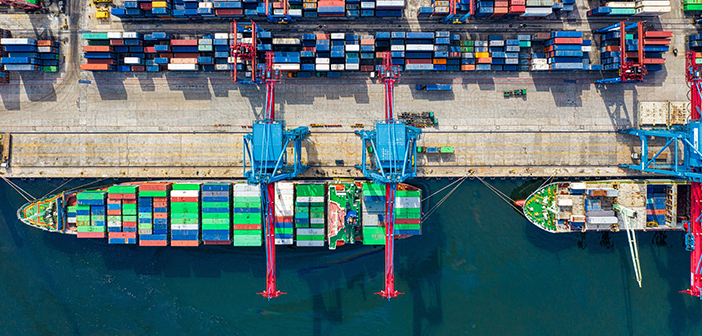Maritime awareness is a complicated field. According to the 2018 Review of Maritime Transport published by the United Nations Conference on Trade and Development, more than 50,000 ships are active on the ocean today. These cargo ships, oil tankers, and passenger vessels travel thousands of different routes, and vast expanses of open water are difficult to monitor.
National enforcement agencies, coast guards, and navies need powerful technological solutions to help them keep the seas safe.
AIS helps with detecting suspicious and dangerous activities, but it alone is not enough. A flexible, robust system of hardware and software is needed to optimize maritime security.
From Historical Data Insights to Real-Time Analysis and Awareness
New technologies like AI, cloud computing, and spatial model processing that involves deep learning and geofencing can all come into play in the maritime awareness sector.
To start with, both historical and real-time analysis of AIS data can provide valuable insights into ship traffic. The system running the analysis should also be flexible enough to easily incorporate new sensors and algorithms. Using best-in-class methods, it should be able to scale with demand and handle a massive volume of data, since there are so many vessels in the sea. The ideal product would also provide multiple course of action options for any given scenario, complete with cost/benefit analytics.
Hexagon is at the forefront of design and implementation for such event-driven systems. The Xalt framework processes data from sources such as sensors so enable connectivity and interoperability between systems. M.App Enterprise and Luciad Portfolio, meanwhile, are where data management, analysis, and visualization can be streamlined.
Stay tuned for more from this blog series to dive deeper into how technological solutions can create intelligence that enhances Maritime Awareness.
















